From the use of tablets and smart boards to video conferencing in classrooms and student homes, technology continues to transform education at a lightning-fast rate. The year 2020 marks a new decade, bringing with it many more changes to teaching and learning.
If you’re an educator or administrator, it’s important to stay abreast of current technology trends so that you can help your students and school stay ahead. Here’s a look at how technology will influence education, teaching, and learning in 2020, and the EdTech trends to watch for in the coming decade.
Pro Tip
For an insightful look into the future of higher education, explore “8 Top Trends in Higher Education to Watch in 2024” on Jotform’s blog.
Increased connectivity
As the internet becomes an increasingly crucial element to learning, more school districts are expanding student access to the internet wherever they can. According to Benjamin Herold in an article for Education Week, bandwidth costs are declining, making high-speed internet more accessible. (A recent survey showed that three-fourths of districts now pay less than $5 per Mbps, a major decline from previous years.)
This allows more rural and low-income schools to amp up their internet coverage so they can provide equal opportunities for all students. Schools are also trying to expand the areas where students can access the internet. For example, some school systems are outfitting school buses with filtered internet to give students opportunities to do homework — an especially important move for students who don’t have internet access at home.
Video conferencing
Video conferencing will become more popular in 2020, connecting students to teachers like never before. Daniel Newman, principal analyst and founding partner at Futurum Research, predicts video will be used to help special-needs students in rural or low-income schools access specialized teachers in more urban and affluent areas. Video conferencing can also be used to expand opportunities for students who may be homebound due to illness.
The expansion of internet access will aid video conferencing, increasing the functionality of video conferencing applications and the widespread use of devices in classrooms. More schools will also achieve a one-to-one student device ratio in 2020, which will further these goals.
Increased cybersecurity
The increasing role of the internet in schools will inevitably call for stricter cybersecurity across all fronts, Newman says, and there are many ways to enforce this.
For one, there will be a greater push for parental controls in online learning, as more parents grow curious about the online environment where their children spend the majority of their time. Multifactor authentication will become a more common element on student devices, and safe password practices will become a larger and more common conversation when using devices. Blockchain will also play a role in cybersecurity for schools, providing digital credentialing to protect data.
Virtual reality
Many education experts have been talking about the use of virtual reality in schools, and the time has come. In 2020, teachers will have more virtual reality tools and programs at their fingertips. Aside from Google Cardboard, tools like Oculus, ClassVR, and Adobe Aero will become more commonplace in schools.
The ways this technology is used will also advance in 2020, with students using virtual reality to complete more complex tasks. Teacher and professional development consultant Nicholas Provenzano describes how this might look: “In our high school French classes, for example, students lead virtual reality tours of Paris, where they essentially walk through the streets and narrate what they see in French.”
Adaptive learning
Personalized learning, also known as adaptive learning, uses technology to create individualized lesson plans for students. Specifically, “adaptive learning tools use advanced algorithms and predictive analytics to present lessons to students and adjust the content or the assessment based on the student’s individual performance,” writes Shaun Bishop, research analyst for the education industry at G2 Research Hub.
Online learning platforms, artificial intelligence tools, and machine learning applications are all tools that can provide adaptive learning experiences. The greatest benefit of adaptive learning is that it allows teachers to focus on one subject or problem, yet provide individualized experiences for each student within that topic. Students excelling at the material will automatically receive more advanced work, while struggling students will work on easier problems and get personal support from the teacher.
Pro Tip
Keep up with classroom technology trends with free education forms and quizzes that never go out of style.

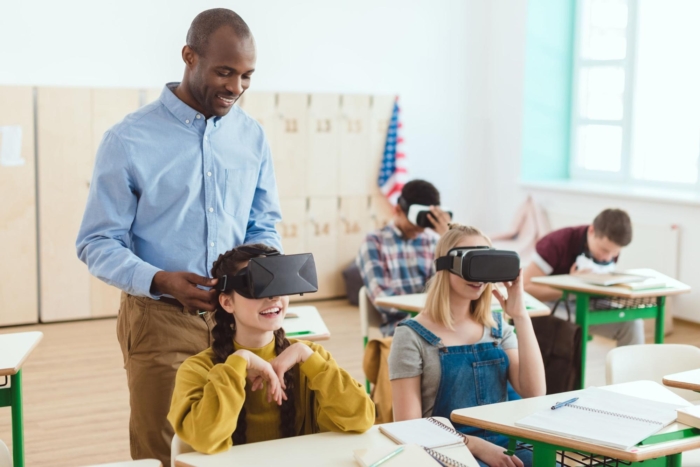
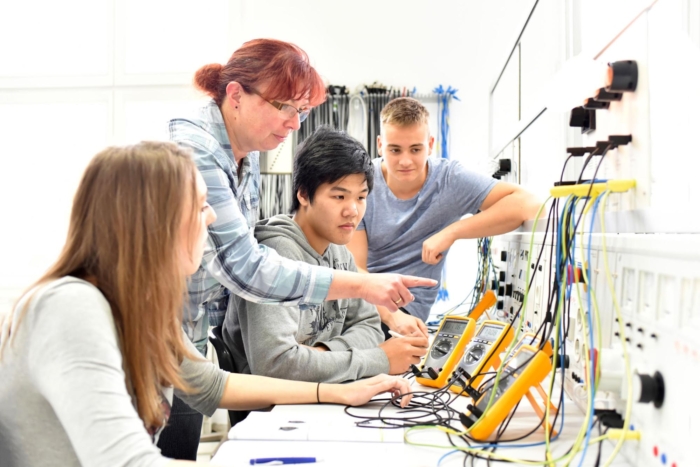


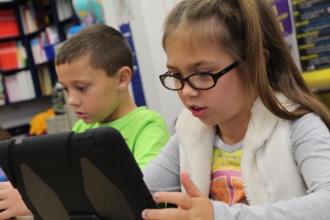










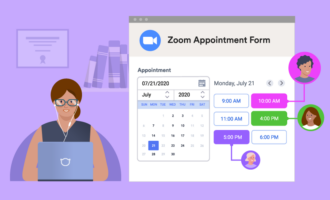







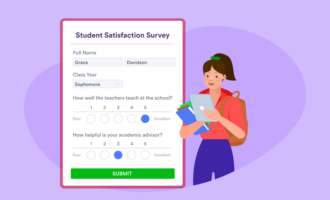





















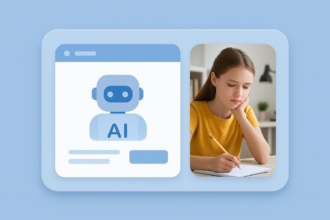






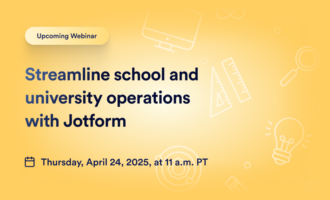

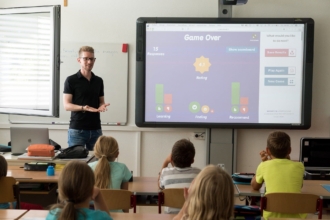











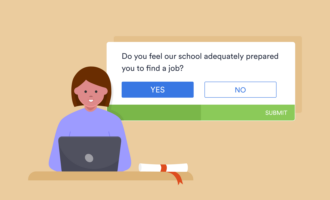




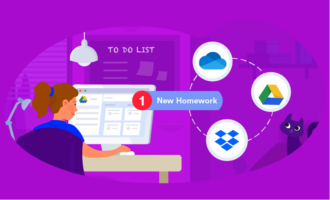









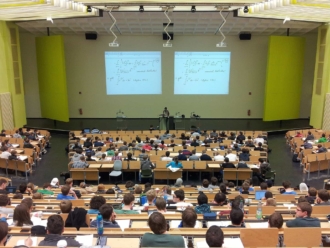

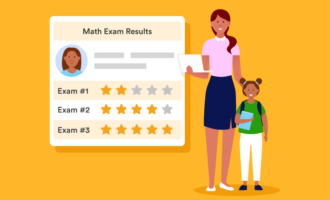

















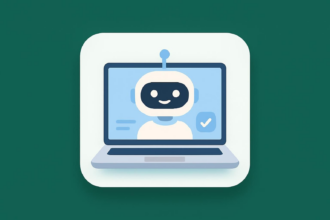

Send Comment: